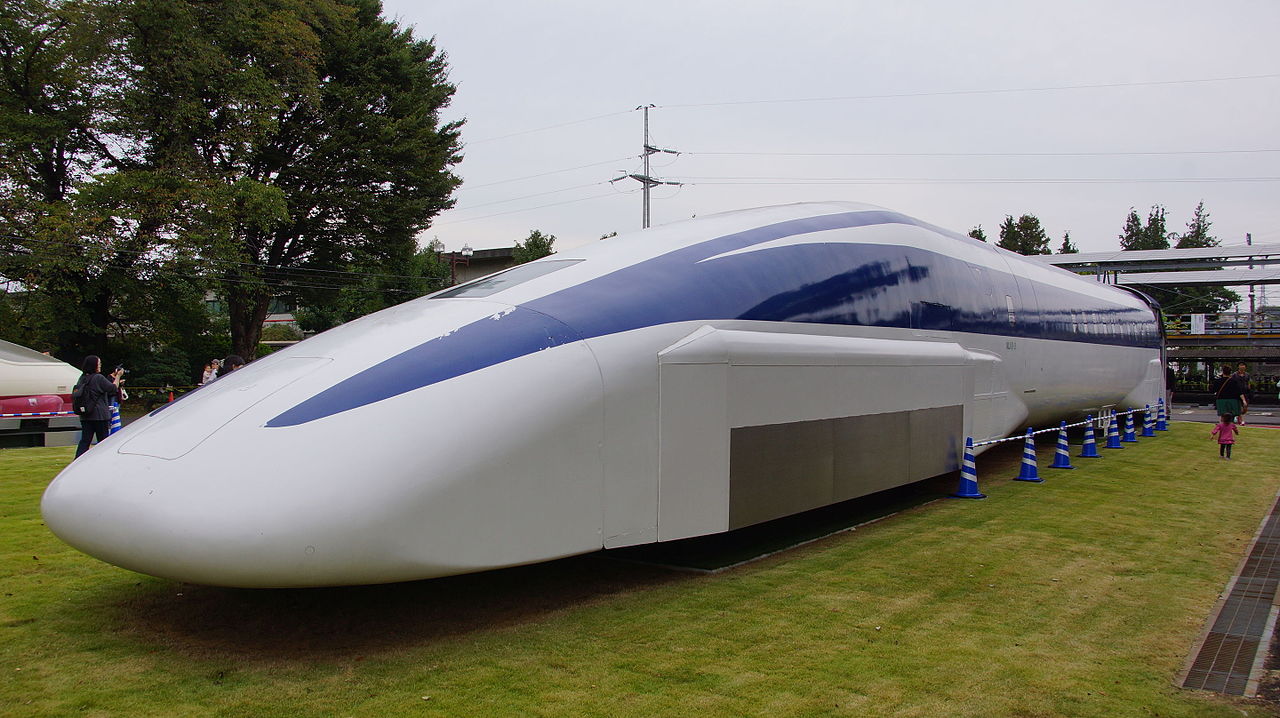
For more than 100 years, people have been using airplanes to make their trips within a country much quicker. But what if you could board a train that could take you to your destination even faster than a regular plane?
That could be a possibility for China in the coming years. They have achieved a significant milestone in creating super-fast trains.
One of these trains called the ‘T-Flight,’ has recently set a new speed record of 387 miles per hour during a test run. This is even faster than Japan’s fastest train, the MLX01 Maglev, which travels at 361 miles per hour, as reported by the Daily Mail.
Chinese engineers are aiming for an astonishing speed of 1,243 miles per hour once the train is ready for passengers. That’s much faster than the speed of sound and more than twice as fast as a Boeing 737 plane.
Wuhan to Beijing in just 30 minutes
Traveling at such fast speed, the T-Flight train could cover the distance from Wuhan to Beijing in merely 30 minutes, a contrast to the current high-speed trains, which take over four hours for the same journey.
The T-Flight train operates using magnetic levitation (maglev) technology. This technology employs magnets to lift the train pods above the track, allowing them to smoothly glide along. By eliminating the need for wheels, friction is significantly reduced, resulting in a service that is both faster and quieter.
Essentially, the T-Flight is a hyperloop train. This means it transports passengers at top speeds through tubes connecting distant locations, according to the Daily Mail.
China claims new speed record with vacuum-tube maglev train
China claims its T-Flight vacuum-tube maglev train has set a world speed record in prototype testing. It’s eventually targeting at least 1,000 km/h
China’s biggest missile manufacturer is working on a hyperloop. pic.twitter.com/HNsS5RYrjU
— A Jay (@ajaycsj) February 10, 2024
The idea of high-speed travel through tubes, originally suggested by US engineer Robert Goddard in 1910, caught the attention once again in 2013 due to a detailed document authored by billionaire entrepreneur and SpaceX founder Elon Musk.
The T-Flight train has been developed by the China Aerospace Science and Industry Corporation (CASIC). During tests conducted in Datong, located in the northern province of Shanxi, the T-Flight train achieved a remarkable speed of 387 miles per hour (623 kilometers per hour) within a low-vacuum tube that measured only 1.2 miles (2 kilometers) in length, as reported by the Daily Mail.
As reported by Live Science, CASIC plans to conduct a second round of testing where they intend to extend the track by more than 30 times. This expansion aims to enable the T-Flight train to achieve even higher speeds.
The ultimate goal of CASIC is to establish a tube system spanning from Wuhan to Beijing, covering a distance of over 650 miles (1055 kilometers). Such a system could potentially reduce the travel time between the two cities from four hours to just half an hour.